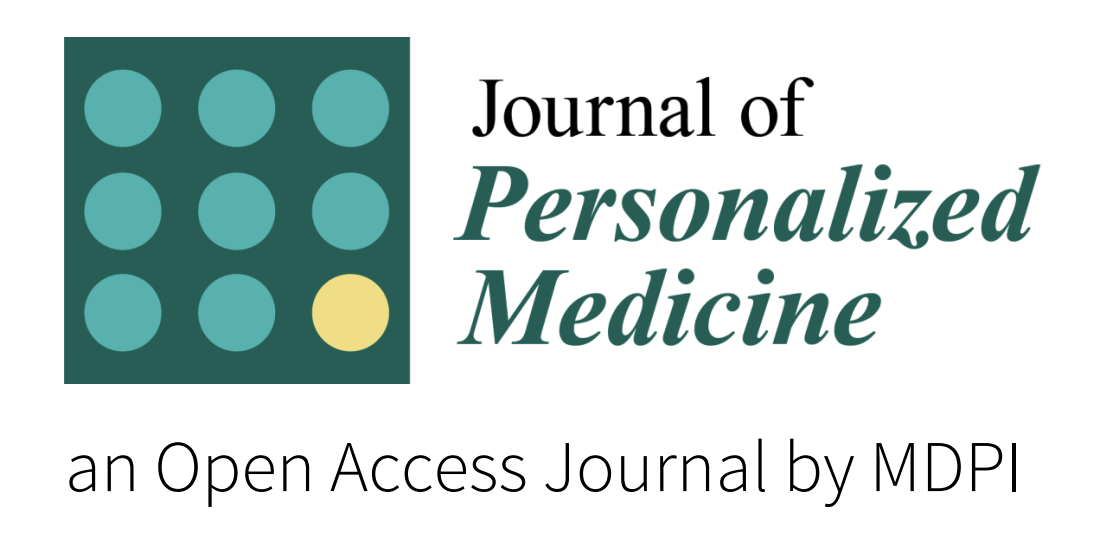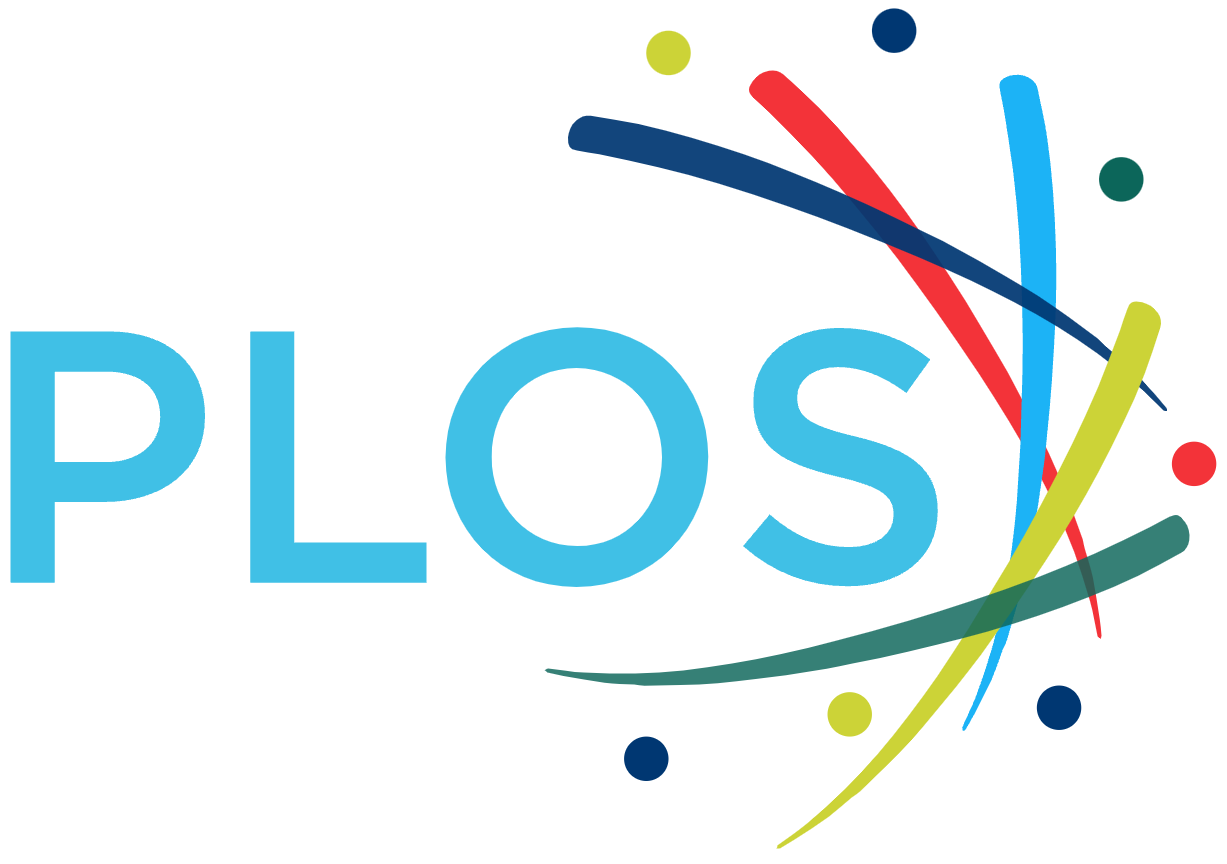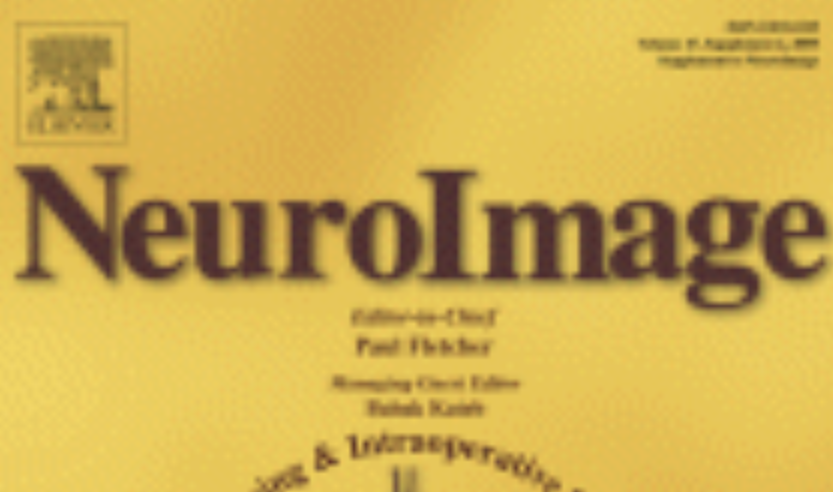
Textbook of Nanoneuroscience and Nanoneurosurgery
Nanoneuroscience, nanoneurosurgery, and nanobioelectronics have the potential to revolutionize medicine and improve the prevention, diagnosis, and treatment of neurological disorders over the next 10-20 years. The Textbook of Nanoneuroscience and Nanoneurosurgery presents a state-of-the-art review of the field, providing current information about nanoplatforms and their use in neurosurgery, neurology, neuroscience, and neuroradiology.


Neurophotonics and Brain Mapping
Understanding how the brain works and developing effective therapeutics are important in advancing neuroscience and improving clinical patient care. This book covers state-of-the-art research and development in optical technologies and applications for brain mapping and therapeutics. It provides a comprehensive overview of various methods developed using light, both microscopic and macroscopic techniques. Recent developments in minimally-invasive endoscopic imaging of deep brain structure and function, as well as light-based therapy are also reviewed.


Journal of Alzheimer's Disease


Journal of Personalized Medicine


Plos One


Cureus


Spie


NeuroImage

